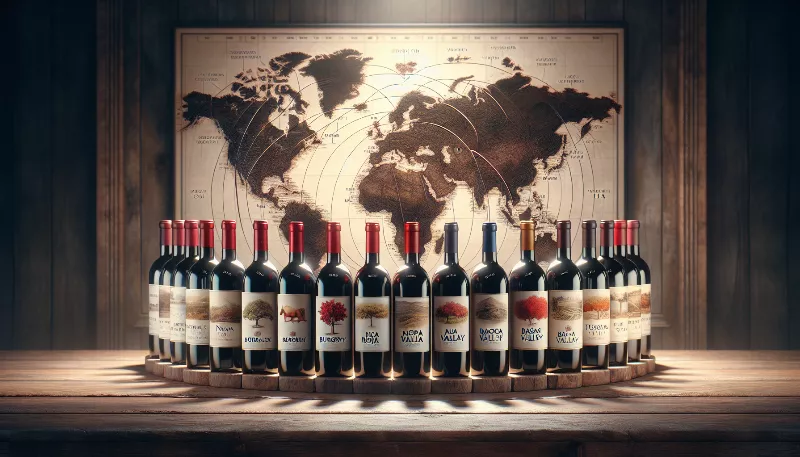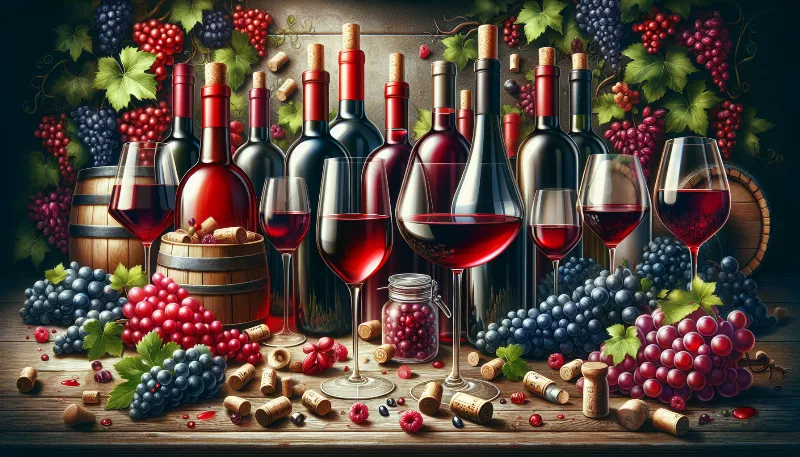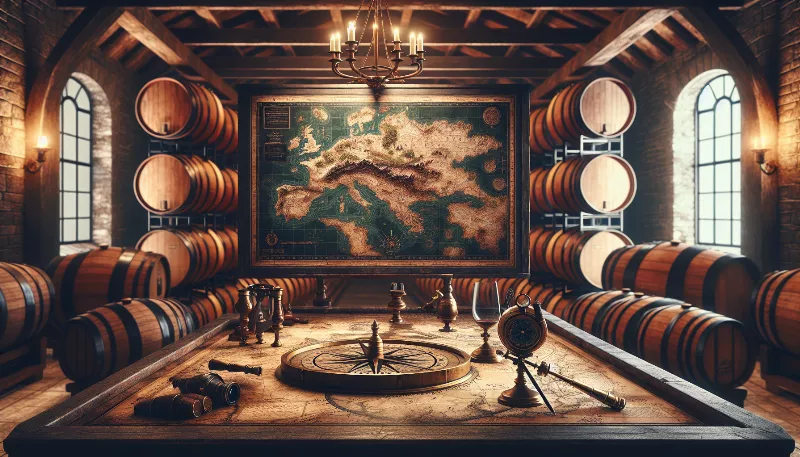How does the region of origin influence the characteristics of different red wines?
Discover the impact of terroir on red wine flavors! Learn how soil, climate, and location craft unique profiles in each bottle. Taste the difference!

Embark on a Vinous Journey: The Impact of Terroir on Red Wines
Are you ready to uncork the secrets behind your favorite red wines? It's not just about the grape variety; the region of origin plays a pivotal role in shaping the personality of each bottle. Let's dive into the fascinating world of terroir and discover how the land, climate, and local traditions blend into the liquid poetry we adore.
The Essence of Terroir
Terroir is the wine world's heartbeat, a French term that encapsulates the environmental factors influencing a vineyard's produce. Soil composition, topography, climate, and even the touch of human hands contribute to the unique characteristics of red wines. Each region whispers its story through the vines, crafting distinct flavors and aromas that are a testament to their origins.
Soil: The Foundation of Flavor
Soil types vary dramatically across wine regions, from the limestone-rich soils of Burgundy to the volcanic earth of Mount Etna. These differences affect water retention, vine stress, and the minerals available to the grapes. For instance, the iron-rich terra rossa of Coonawarra imparts a signature eucalyptus note to its Cabernet Sauvignon, while the slate soils of Priorat give its Garnacha-based wines a mineral edge.
Climate: The Rhythm of Ripeness
Climate dictates the tempo of grape ripening, influencing sugar levels, acidity, and tannin development. Warm climates, like Australia's Barossa Valley, coax Shiraz grapes into ripe, jammy flavors with soft tannins. In contrast, cooler regions like Oregon's Willamette Valley produce Pinot Noir with higher acidity and nuanced berry notes, reflecting the restraint of a slower ripening process.
Topography: The Sculptor of Sunlight
The lay of the land can make or break a vineyard's potential. Sun exposure, altitude, and slope all play their parts. The sun-drenched hillsides of Tuscany's Chianti region allow Sangiovese grapes to bask in the warmth, developing robust flavors and firm tannins. Meanwhile, the steep terraces of the Mosel River Valley limit direct sunlight, resulting in lighter-bodied, more delicate reds.
Winemaking Traditions: The Human Touch
Local winemaking practices are the final brushstrokes on the canvas of regional influence. Age-old techniques passed down through generations, such as the foot-treading of grapes in Portugal's Douro Valley, leave an indelible mark on the character of a wine. Barrel aging, fermentation methods, and blending choices all reflect regional preferences and contribute to the distinctive profiles of red wines from around the globe.
Conclusion: A World of Diversity in Your Glass
From the rolling vineyards of Bordeaux to the rugged landscapes of Argentina's Mendoza, the region of origin is a storyteller, narrating the tale of each red wine through its sensory attributes. As you savor your next glass, remember that it's not just fermented grape juice—it's an expression of place, a celebration of the land, and a journey through the world's diverse terroirs. Cheers to the regions that shape the character of our beloved red wines!








